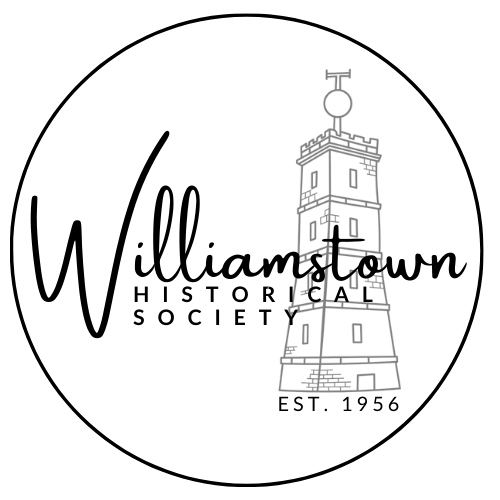Hidden Treasures
did you know?
We often encounter objects in our collection that were once commonly used but are now unfamiliar to many of us. Here are some of their stories.
Can you guess what these are and how they were used?
Listen to their sound and take a guess, then keep scrolling to find out how you went.
# 1
# 2
# 4
# 5
#1 Warning of enemy attack
This World War I Gas Rattle is a lightweight portable wooden ratchet device that was used during trench warfare during the First World War by soldiers of the British Imperial Forces. The rattle makes a loud clacking noise when turned rapidly. This distinct sound alerted soldiers to a poison or chemical weapons attack so they could quickly put on their protective gas masks or hoods.
Poisonous Chlorine gas was first used by the Germans in Ypres in 1915 to break a stalemate in trench warfare. Later both sides used deadly gases (Chlorine, Mustard and Phosgene) as weapons, packing them into artillery shells to detonate near targets.
These simple rattles proved a reasonably effective warning system, no doubt saving countless lives.
#2 Through the fog
This manually operated ship's fog horn is a device used to sound a warning to vessels of marine navigational hazards, like rocks and other vessels. When visibility is poor due to foggy conditions the fog horn provides an audible warning to dangers unseen. An audible tone is created by a vibrating column of air. This one works by standing it on its end, holding the handle, and manually pulling the handle up. When the handle is pushed down, the air inside is compressed and vibrates, making the sound. This fog horn is constructed of galvanised metal and brass.
#3 Who wants an ice cream?
You may need to put in a lot of manual effort before you can eat an ice cream made with this contraption.
This hand-crank Reliance Icecream maker/churner was made by the Husqvarna Company in Sweden in the early 20th Century (c.1900-1930).
Ice and some salt were placed in the outer bucket and the cream mixture went into the inner chamber. Turning the handle paddled the mixture, churning and freezing it at the same time.
#4 I can't see the light
Did you know?
Headlight lens covers were compulsory on civilian vehicles during World War II in Australia to dim car headlights at nighttime.
This pair of blackout ripple glass headlight covers were used to screen car headlights so they were not visible to enemy aircraft flying above at night.
Motor car owners were also instructed to remove interior and car boot lights to comply with the 'blackout' regulations.
#5 Making the cut!
This is a cast iron cigar cutter, designed to cut one end off a cigar so it can be properly smoked.
Cigar cutters came in all types of shapes, designs and sizes from the smallest pocket-sized punches and slices, attached to a ring and watch chain, to scissor-style clippers or larger countertop versions like this one that were usually found on the counter in a cigar store.
#6 Cheque please?
Long before credit cards were invented, cheques were frequently written for payment of goods and services. This one was used for many years in a local butcher shop on Ferguson Street, Williamstown.
This device is known as a Protectograph and was manufactured by G.W. Todd & Co. in Rochester, New York, USA, during the early 20th century. The operator selected the cash amount and units in pounds, shillings, and pence. They then turned the handle to roll a cheque through the machine, which would write the amount in words on the cheque.
Read more about our collections
USEFUL LINKS
CONTACT
+61 3 9397 1534
williamstownhistsocietyvic@gmail.com
100 Douglas Parade
(PO Box 189)
Wiiliiamstown VIC, 3016
Australia
All Rights Reserved
Williamstown Historical Society
FOLLOW US ON SOCIALS
ACKNOWLEDGEMENT OF COUNTRY
We acknowledge the Bunurong People of the Kulin Nation as the traditional owners of these lands and waterways and pay our respect to Elders past and present.

